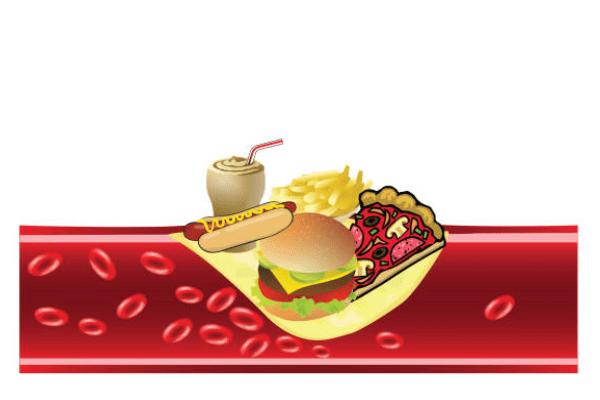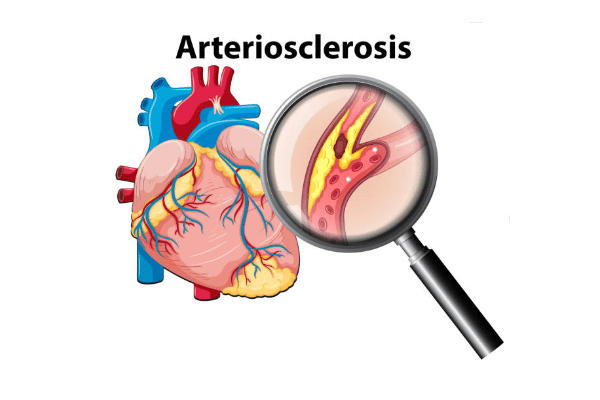Interesting >>>> Can the development of atherosclerosis be prevented?
Can the development of atherosclerosis be prevented?

According to scientific research in the field of treatment and prevention of cardiovascular diseases in recent years, there has been a tendency to rejuvenate such a disease as atherosclerosis. They began to find traces of it even in children. Therefore, today it can no longer be said that this disease is a sign of aging. Atherosclerosis is cholesterol deposits on the inner surface of the walls of blood vessels that narrow the lumen of the vessel and impede or completely disrupt the blood circulation.
The development of methods for the prevention and treatment of atherosclerosis is based on the clarified reasons for its occurrence, which currently presents certain difficulties, since there is still no universal theory of its origin.
But several stable theories have been developed, based on which, one can get an impression about the mechanisms of atherosclerosis.
The basis of atherosclerotic plaque is cholesterol - an organic lipophilic alcohol, this is a fat-like substance that our body needs to carry out metabolic processes, and is also a structural unit of the cell membrane, which is very important, since disturbances in the structure of the cell membrane lead to a number of severe, poorly healed or incurable diseases today.

Cholesterol enters the human body through food or is produced by the liver. It is insoluble in blood plasma and lipoproteins (special protein-lipid complexes) are responsible for its transportation . This is how cholesterol enters the bloodstream. Lipoproteins are not uniform in structure, that is, there are high density, low density and very low density lipoproteins. It was found that some metabolic disorders lead to an increase in the concentration of low and very low density lipoproteins in the blood, and it is these types of lipoproteins that are responsible for the accumulation of cholesterol in the vessels, since they are responsible for the transfer of cholesterol to peripheral tissues and its accumulation there. High density lipoproteins transport cholesterol from tissues to the liver, thereby reducing its amount.
Even if cholesterol (or rather, low density and very low density lipoproteins) is in excess in the bloodstream, then it does not necessarily have to stay there. This is due to the fact that the internal structure of the vascular wall is such that it does not allow blood elements to linger in the bloodstream, only if this is not associated with damage to the wall itself, in this case the mechanism of "blocking" of the injury site is activated. It was found that damage to the vascular walls caused by infectious agents provoke the "adhesion" of cholesterol to the inner surface of the vessels on a principle very similar to the formation of a thrombus. Only in case of thrombosis, the blockage occurs in a certain place of the rupture of the vessel, and in the case of lipoproteins, they adhere to the walls of the vessel in the course of their movement in the bloodstream. What makes them stick?
Scientists are working on this issue, who drew attention to the fact that under some circumstances oxidative reactions occur in the blood, leading to violations of the walls of the "capsule" of lipoproteins , lipoproteins become permeable and sticky, which allows them to stick to each other and to the vascular wall. And the culprit of such oxidative reactions is adrenaline, which is released into the bloodstream during stressful situations and has the property of generating reactive oxygen species, which contribute to the development of oxidative processes.
The widespread theory that eating a low-fat diet can reduce the amount of cholesterol in the blood, and thus prevent atherosclerosis, is undergoing changes these days, as it was found that cholesterol enters the tissues of the body from two sources: firstly, with food, and secondly, it is produced by the liver. And if the body does not have enough cholesterol, then the liver produces the required amount. But there are congenital or acquired liver dysfunctions that lead to excess cholesterol production. Thus, it turns out that the liver, which collects excess cholesterol, when it is removed from the tissues by high density lipoproteins, itself becomes a source of excess cholesterol.
All possible causes of the appearance of cholesterol plaques in the vessels should be put into a unified theory of the onset of atherosclerosis, but this does not yet exist. Therefore, in the prevention of atherosclerosis, one has to rely on the disparate discoveries of scientists who continue to search for solutions to the problem of the development of atherosclerosis.

Read

Read



























